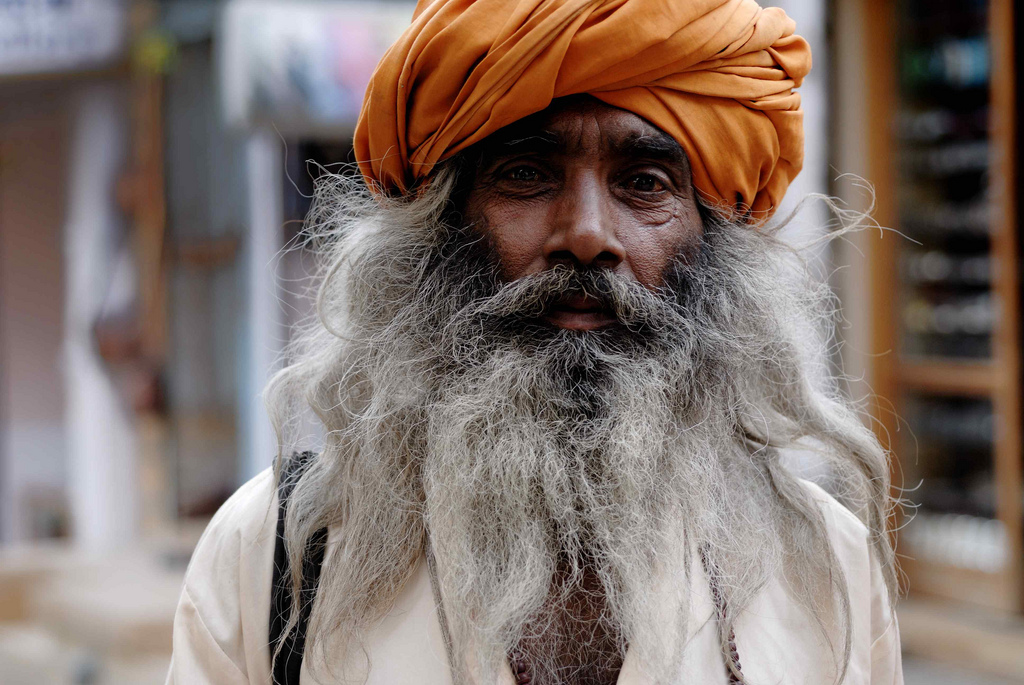A Guide to the Indian Head Wobble

Photo by M M.
As if India and its culture would not be confusing enough already for the western visitor, they’ve decided to put a special cherry on the cake: the Indian head wobble – a gesture sometimes not even Indians fully comprehend, even though it is inseperately woven in with their speech. It is said though, that the further you go South the more enthusiastic head wobblers people are, while the mountains of the north are relatively wobble-free.
The head wobble can have as many meanings as there are different sari designs – from simple yes and no to maybe, what’s up, acknowledgement or go away. Whole conversations can go down just with head wobbling without ever saying a word.
What seems to us like exactly the same gesture over and over again, can actually mean completely different things. Let’s face it, you’ll probably never completely understand it, but our guide to the Indian head wobble will at least help you to prevent the worst misunderstandings.
The Yes Wobble
The yes wobble is similar to the western nod. The more enthusiastic your opposite is wobbling, the more confirming and understanding he is.
Another version is to wobble the head from side to side, with bringing your ears slightly closer to your shoulders. This one can have many meanings from “yes” to “hello” or even “no, but I won’t tell you”.
The No Wobble
If someone is shaking his head and all his face expresses disapproval, then this is a clear “no”. However, this will not be happening very often in India.
In northern India what could be interpreted as a no-wobble can also show appreciation for something, especially when it is used repeatedly.
The Maybe Wobble
Sometimes “yes” and “no” can melt into each other. It is a little bit like you would draw a 8 with your chin, but not quite. This wobble is used when the speaker, especially in a host-guest situation, doesn’t want to impose his decision on the other one and leaves him to choose between “yes, please” and “no, thank you”.
Also it is not well regarded in India to say no to an elder or a supervisor or to disagree with them, hence the mixture of the yes and no wobble is a good way to circumnavigate this problem and to say no without actually saying no.
The maybe wobble is sometimes hard to distinguish from the yes wobble, but as rule of the thumb: if the wobbling is enthusiastic, then it means yes. Probably.
A head wobble in combination with a blank stare is a quite good indication for “no, but I don’t want to tell you.”
The maybe wobble is the hardest one to figure out, and even when you finally are able to recognize it, the information it gives to you is still not exactly helpful. This video might give you a slight idea about the difficulties:
Other Wobbles
The head wobble can also be used as a simple sign to acknowledge someone’s presence, to show benevolence, for example in public transport or to just say hello from the distance or it can just be used as sign of friendship and respect.
One upwards nod with a smile means “What’s up” – that one is easy to learn and mastering it will help you enormously to connect with Indians.
A downwards nod means “come here” or “sit down”.
And now go ahead and wobble your way through India!
